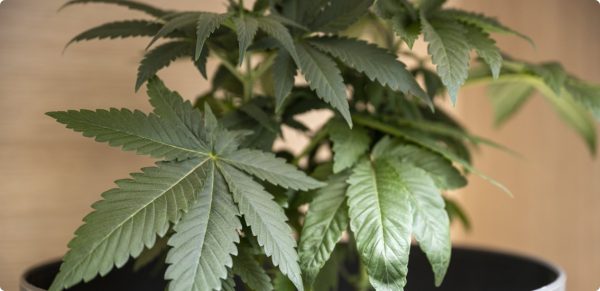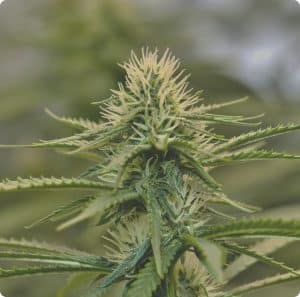Guide to Growing and Caring for Your Cannabis Plant
April 9, 2025

Cannabis prefers well-draining soil. For beginners, coco/perlite mixes designed for cannabis are a good option. Make sure to test your soil’s pH, aiming for a range of 6.0-7.0. Here’s everything you need to know about nurturing your cannabis plants from seed to harvest.
1. Choosing the Right Strain
The first step in growing cannabis is selecting a strain that fits your environment and goals. Indica strains, with their shorter flowering times, are great for indoor growers, while sativas thrive outdoors due to their longer growth cycle.
2. Setting Up the Ideal Growing Environment
Indoor Growing
- Lights: High-quality lights, like LED grow lights, are essential for indoor growth. For the vegetative stage, 18–24 hours of light per day helps encourage growth, while 12 hours per day in the flowering stage prompts the plant to produce buds.
- Temperature & Humidity: Cannabis plants thrive in moderate temperatures. Keep the environment between 70-85°F during the day and 58-70°F at night. Humidity should be around 60-70% during the vegetative stage and reduced to 40-50% in the flowering stage.
Outdoor Growing
- Sunlight: Cannabis plants require plenty of sunlight, ideally around 6-8 hours per day. South-facing spots work well for outdoor growth in the Northern Hemisphere.
- Protection: Outdoor plants are vulnerable to pests and harsh weather. Use natural insect repellents and ensure they have adequate airflow to prevent mold and mildew.

3. Soil, Watering, and Nutrients
Soil
Cannabis prefers well-draining, nutrient-rich soil. For beginners, premade soil mixes designed for cannabis are a good option. Make sure to test your soil’s pH, aiming for a range of 6.0-7.0.
Watering
Over-watering and under-watering are common mistakes for new growers. Water when the top inch of soil feels dry. As the plant grows, it will need more water, but be cautious not to leave the soil soggy.
Nutrients
Cannabis plants require three primary nutrients: nitrogen (N), phosphorus (P), and potassium (K). During the vegetative phase, higher nitrogen levels are beneficial, while phosphorus and potassium are crucial in the flowering phase for bud production. Opt for a well-balanced nutrient blend made specifically for cannabis.
4. Pruning and Training Techniques
To maximize yield, consider training your cannabis plants. Here are a few techniques to promote growth:
- Topping: Cutting off the top of the plant encourages lateral growth, resulting in multiple bud sites and a bushier plant.
- Low-Stress Training (LST): Bending and tying down branches to create a more even canopy allows all parts of the plant to receive equal light, enhancing overall growth.
- Pruning: Remove yellowing leaves and excess lower branches that won’t receive much light, directing more energy toward bud production.
5. The Flowering Stage: What to Expect
After weeks of vegetative growth, cannabis plants enter the flowering stage, where buds begin to form. Maintain a 12-hour light cycle for indoor plants, ensuring complete darkness during the “night” period. Gradually reduce humidity levels, as high moisture can lead to mold growth on buds. Watch for signs of maturity, like trichome color changes, to determine the best time for harvest.
6. Harvesting and Curing
When the buds are ready—typically indicated by the trichomes turning milky and some becoming amber—it’s time to harvest. Cut down the plants and hang them upside down in a dark, cool room with good airflow. This drying process usually takes around 7-10 days at 55-60% humidity and 60 F. Once dry, trim and cure your buds in glass jars, opening them daily for the first week to release excess moisture. Curing for a few weeks to several months enhances flavor, smoothness, and potency.









